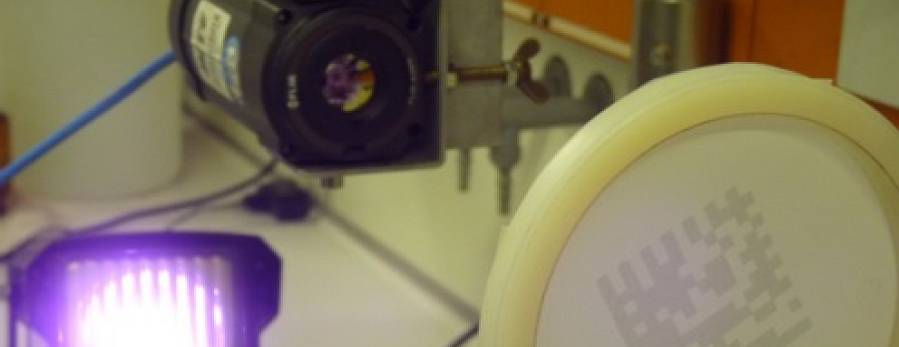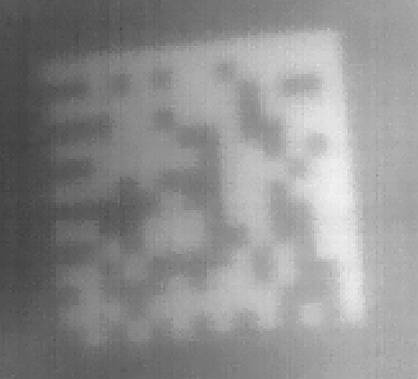Textiles & Apparel / Garment
Trademark protection by the use of invisible markings

Concerning textile counterfeiting, China is at the top of the countries of origin with 80 % of goods followed by Turkey with 6 %.
To date, there is no practical method that technically guarantees trademark protection.
This explains the fact that the textile area is seriously concerned.The necessity of such protective measures does not only result from the mentioned economic disadvantages, but also from safety aspects: safety-relevant products, which are just produced from technical textiles, can represent a high risk for consumers in case of the use of inferior counterfeit goods. And, last but not least, such inferior goods can lead to a loss of image of the producer - even if without justification. Against this background, among established companies of the textile area, there is a great interest in the development of a process for the marking of textile materials regarding safe trademark protection.
At this point, a current project of Institut für Textilchemie und Chemiefasern (ITCF), Denkendorf and Fraunhofer-Institut für Produktionstechnik und Automatisierung (IPA), Stuttgart, is carried out. Accordingly, transparent marking inks are jointly developed, which are applied across large areas for safety markings on textile substrates, using the ink-jet process. The security code, which is not visible to the naked eye, can be detected by means of a tuned infrared sensor and converted into a visible security code.
The new security inks can be combined with decorative inkjet-textile colors and used on different inkjet-printers of leading producers. In this way, design and security, both for apparel textiles, and technical textiles can be produced in a single print process at highest quality. This process is also benefial for other application fields such as automotive industry with invisible marking of security and/or quality-relevant vendor parts such as safety belts or plastics parts.
In practice, however, simple handling of the measurement process relating to the routine application will be of importance. If the new process will enable the customs authorities to reliably verify suspicious materials on their authenticity - by using a simple infrared sensor - then this innovative process will gain access to a broad market.

Pic: Example for visualized security code
